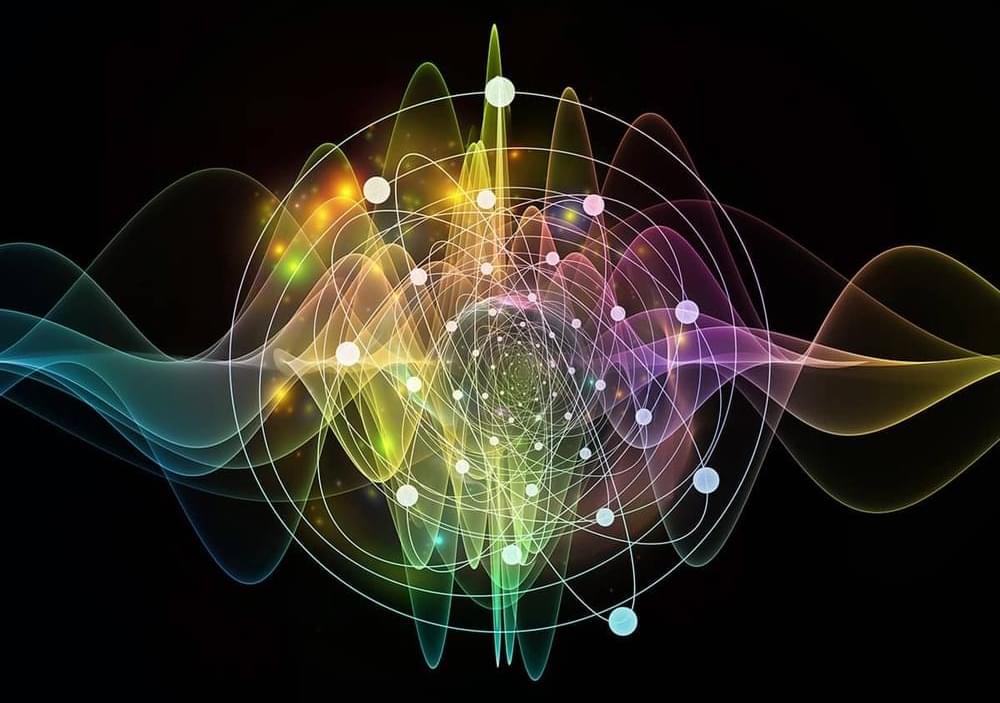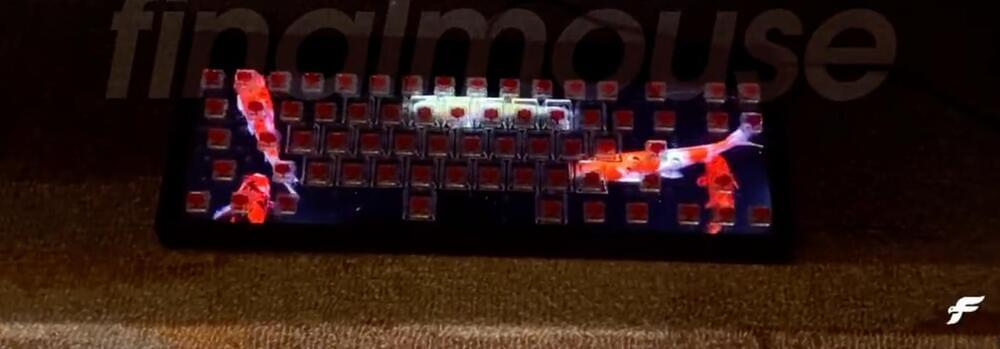A study conducted by scientists from Trinity College Dublin could suggest that quantum processes are involved in the functions of our brains.


Solar cells that are stretchable, flexible and wearable won the day and the best poster award from a pool of 215 at Research Expo 2016 April 14 at the University of California San Diego. The winning nanoengineering researchers aim to manufacture small, flexible devices that can power watches, LEDs and wearable sensors. The ultimate goal is to design and build much bigger flexible solar cells that could be used as power sources and shelter in natural disasters and other emergencies.
Research Expo is an annual showcase of top graduate research projects for the Jacobs School of Engineering at UC San Diego. During the poster session, graduate students are judged on the quality of their work and how well they articulate the significance of their research to society. Judges from industry, who often are alumni, pick the winners for each department. A group of faculty judges picks the overall winner from the six department winners.
This year, in addition to solar cells, judges recognized efforts to develop 3D skeletal muscle on a chip; a better way to alleviate congestion in data center networks; a nano-scale all-optical sensor; fiber optic strain sensors for structural health monitoring; and a way to predict earthquake damage in freestanding structural systems.


Large Language Models have the ability to store vast amounts of facts about the world. But little is known, how these models actually do this. This paper aims at discovering the mechanism and location of storage and recall of factual associations in GPT models, and then proposes a mechanism for the targeted editing of such facts, in form of a simple rank-one update to a single MLP layer. This has wide implications both for how we understand such models’ inner workings, and for our ability to gain greater control over such models in the future.
OUTLINE:
0:00 — Introduction.
1:40 — What are the main questions in this subfield?
6:55 — How causal tracing reveals where facts are stored.
18:40 — Clever experiments show the importance of MLPs.
24:30 — How do MLPs store information?
29:10 — How to edit language model knowledge with precision?
36:45 — What does it mean to know something?
39:00 — Experimental Evaluation & the CounterFact benchmark.
45:40 — How to obtain the required latent representations?
51:15 — Where is the best location in the model to perform edits?
58:00 — What do these models understand about language?
1:02:00 — Questions for the community.
Paper: https://arxiv.org/abs/2202.05262
Follow-up paper on Mass-Editing Memory in a Transformer: https://arxiv.org/abs/2210.
Abstract:
We analyze the storage and recall of factual associations in autoregressive transformer language models, finding evidence that these associations correspond to localized, directly-editable computations. We first develop a causal intervention for identifying neuron activations that are decisive in a model’s factual predictions. This reveals a distinct set of steps in middle-layer feed-forward modules that mediate factual predictions while processing subject tokens. To test our hypothesis that these computations correspond to factual association recall, we modify feed-forward weights to update specific factual associations using Rank-One Model Editing (ROME). We find that ROME is effective on a standard zero-shot relation extraction (zsRE) model-editing task, comparable to existing methods. To perform a more sensitive evaluation, we also evaluate ROME on a new dataset of counterfactual assertions, on which it simultaneously maintains both specificity and generalization, whereas other methods sacrifice one or another. Our results confirm an important role for mid-layer feed-forward modules in storing factual associations and suggest that direct manipulation of computational mechanisms may be a feasible approach for model editing. The code, dataset, visualizations, and an interactive demo notebook are available at this https URL
Authors: Kevin Meng, David Bau, Alex Andonian, Yonatan Belinkov.
Links:
After six decades of examining signals from space, why have we yet to discover evidence of extra-terrestrial life?
Keith’s book “The Contact Paradox: Challenging our Assumptions in the Search for Extraterrestrial Intelligence” is available now — https://geni.us/JFpy.
For the past six decades a small cadre of researchers have been on a quest, as part of SETI, to search for extraterrestrial intelligence. So far, SETI has found no evidence of extraterrestrial life, but with more than a hundred billion stars in our Galaxy alone to search, the odds of quick success are stacked against us.
Keith Cooper explores how far SETI has come since its modest beginnings, where it’s going and the assumptions that we make in our search for extraterrestrial life.
Watch the Q&A: https://youtu.be/_qEjTXrQ7vs.
Keith Cooper is a freelance science journalist and editor. Since 2006 Keith has been the Editor of Astronomy Now, and he is also the Editor of Astrobiology Magazine. In addition he has written on numerous space-and physics-related topics, from exploding stars to quantum computers, for Centauri Dreams, New Scientist, Physics World, physicsworld.com and Sky and Telescope. He holds a BSc in Physics with Astrophysics from the University of Manchester.
This talk was filmed in the Ri on 22 November 2019.

Some of you might not be familiar with Finalmouse, but the company has been around for a few years and has gained quite a following for its carefully crafted and high-performing mice. The mice are coveted by consumers and professionals and if there is one drawback to the brand, it would be the limited releases that tend to sell out in seconds. At the beginning of the year, the company teased a keyboard in the works, and now, a video of a prototype has surfaced, showing off something truly unique.
Information about the prototype was posted to Twitter by Jake Lucky, showing off a video of the keyboard with some highly unique attributes. Furthermore, the video posted also has some extra tidbits about the device, like the keyboard will be self-powered by an integrated CPU and GPU, which only requires a single USB-C cable for operation. In addition, it will also have custom switch options and a custom 2K / 4K display which will be able to display custom graphics and animations. These graphics will apparently be available directly from Steam and will be powered by Unreal Engine 5. Finally, the construction will reportedly be quite sturdy thanks to its glass-stacked construction.

Over the past couple of months, Starlink has branched out, offering its service in more ways than ever before. As more and more people sign up for its service, the network naturally gets a bit more strained and congested. Now it looks like Starlink is implementing a way to combat network congestion by creating a data cap.
According to The Verge, Starlink service will now have a data cap starting in December. Next month, residential customers will start off with a 1TB bucket of data that will be designated as “Priority Access.” Priority Access data will be used anytime the internet is accessed during the hours of 7 am to 11 pm. Once the data is depleted, users will encounter slower data speeds during peak hours. The bucket will be replenished at the top of every month, and customers will have the option to buy Priority Access data, but it will cost 25 cents per GB.
For the most part, this shouldn’t really affect many customers, as Starlink states that less than 10 percent of its users actually manage to hit this cap every month. In addition to a new data cap, the company will also be expanding its service to more parts of Alaska and also Canada, primarily focusing on the Northern areas. For areas in the region that aren’t yet covered, Starlink does have plans to expand to more areas in the first part of 2023.
If technologists can’t perfect it, quantum computers will never be big.
